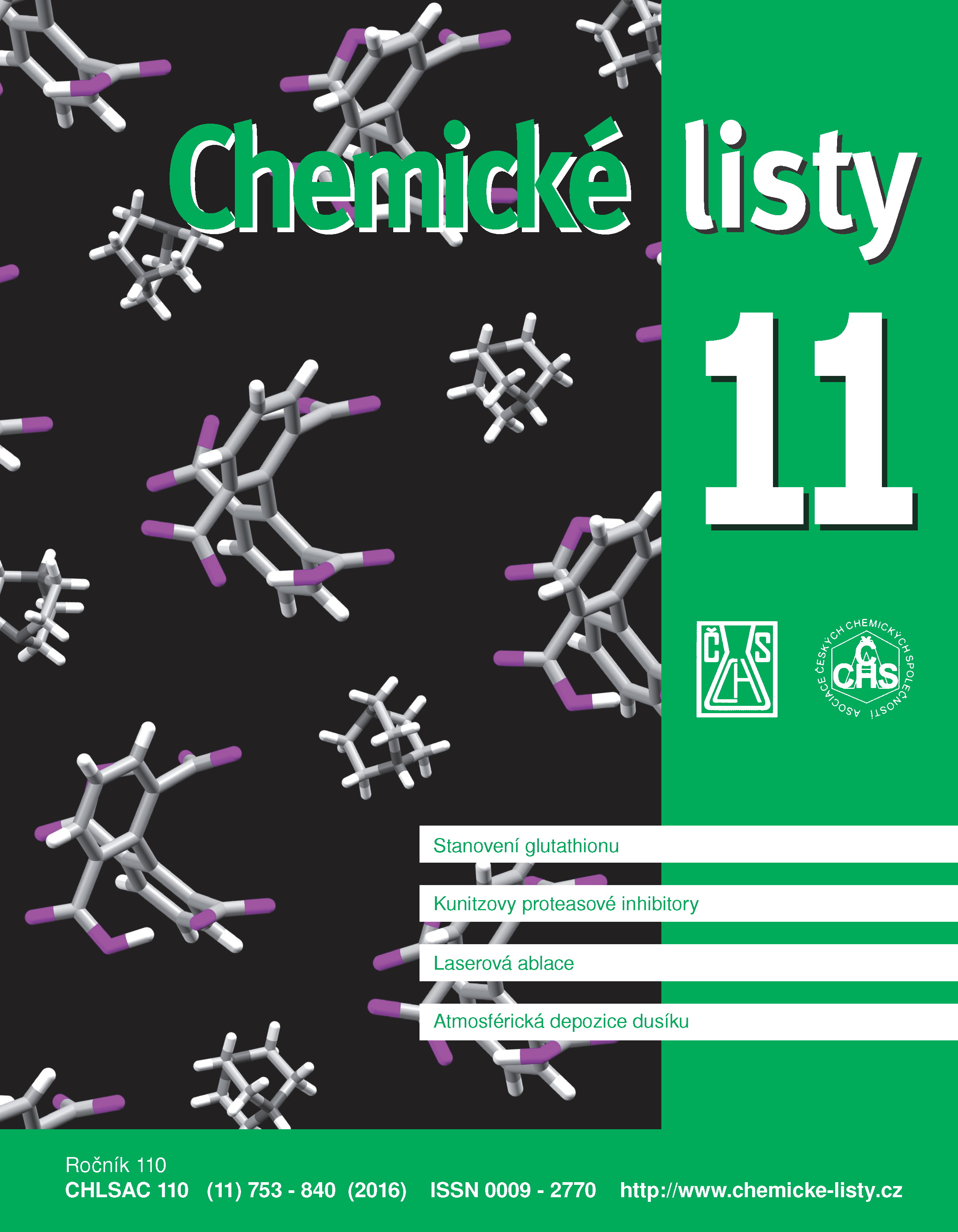Kondenzát vydechovaného vzduchu – specifická matrice pro monitorování plicních onemocnění
Klíčová slova:
kondenzát vydechovaného vzduchu, bronchiální astma, chronická obstrukční plicní nemoc, biomarker, prostaglandin, leukotrien, prostanoid, lipoxinAbstrakt
Diagnostic methods, used in the contemporary medical practice, consist of a combination of distressing invasive (bronchial biopsy, bronchoalveolar lavage) and semi-invasive (induced sputum technique) methods. Monitoring of specific molecules produced during pathological processes in biological matrices is a relatively new technique which represents an alternative way of an entirely non-invasive and comfortable method. The principle is based on the quantification of specific substances - "biomarkers", which are considered to be objectively measurable indicators of a physiological/pathological condition of the organism. Unlike non-specific matrices such as blood plasma (reflecting the state of the whole organism), the exhaled breath condensate is a specific matrix. Concentration levels of biomarkers in the latter matrix evidence the pathological process only in the airways and lungs. Typical molecules to be monitored include H2O2, leukotrienes, prostaglandins, lipoxins and prostanoids.





